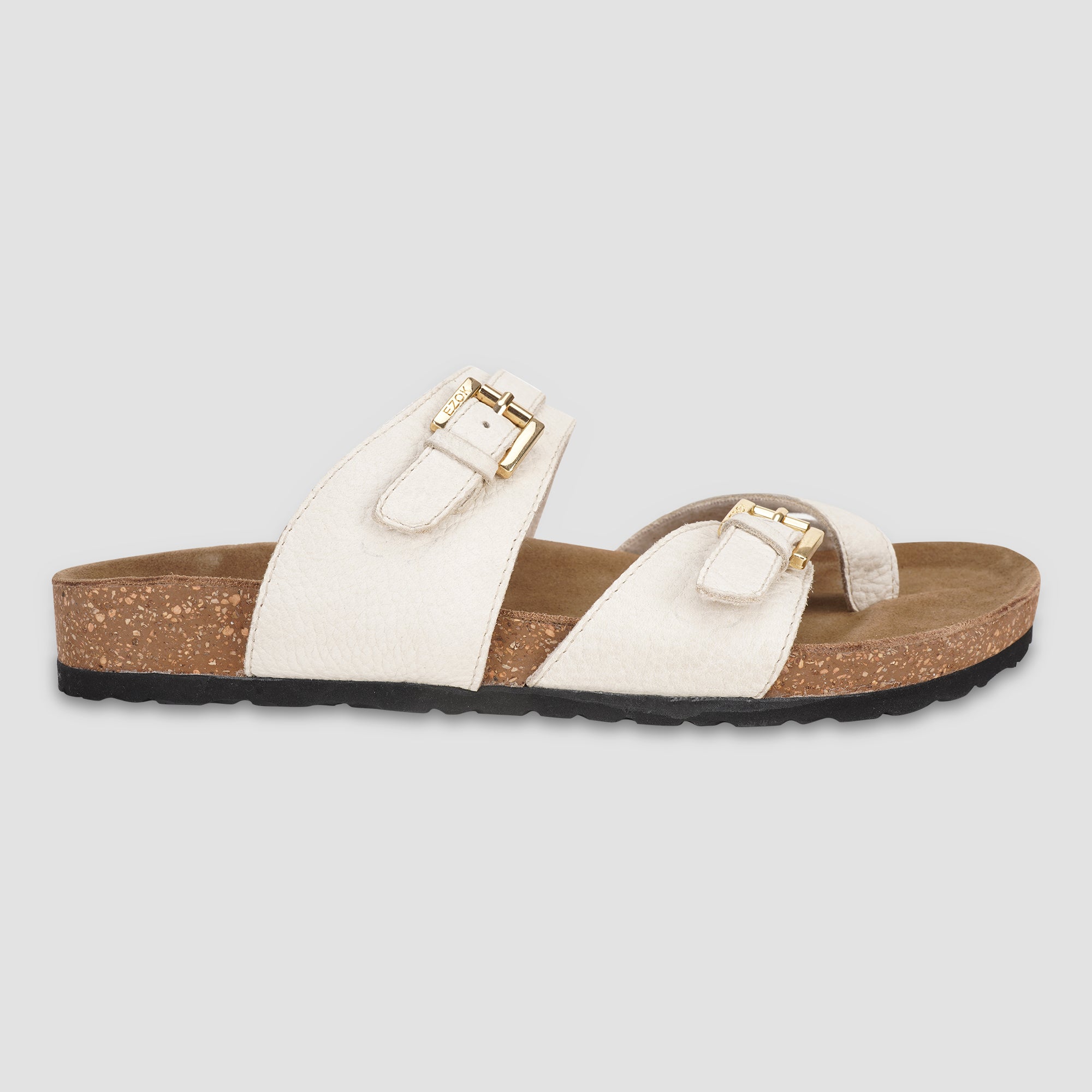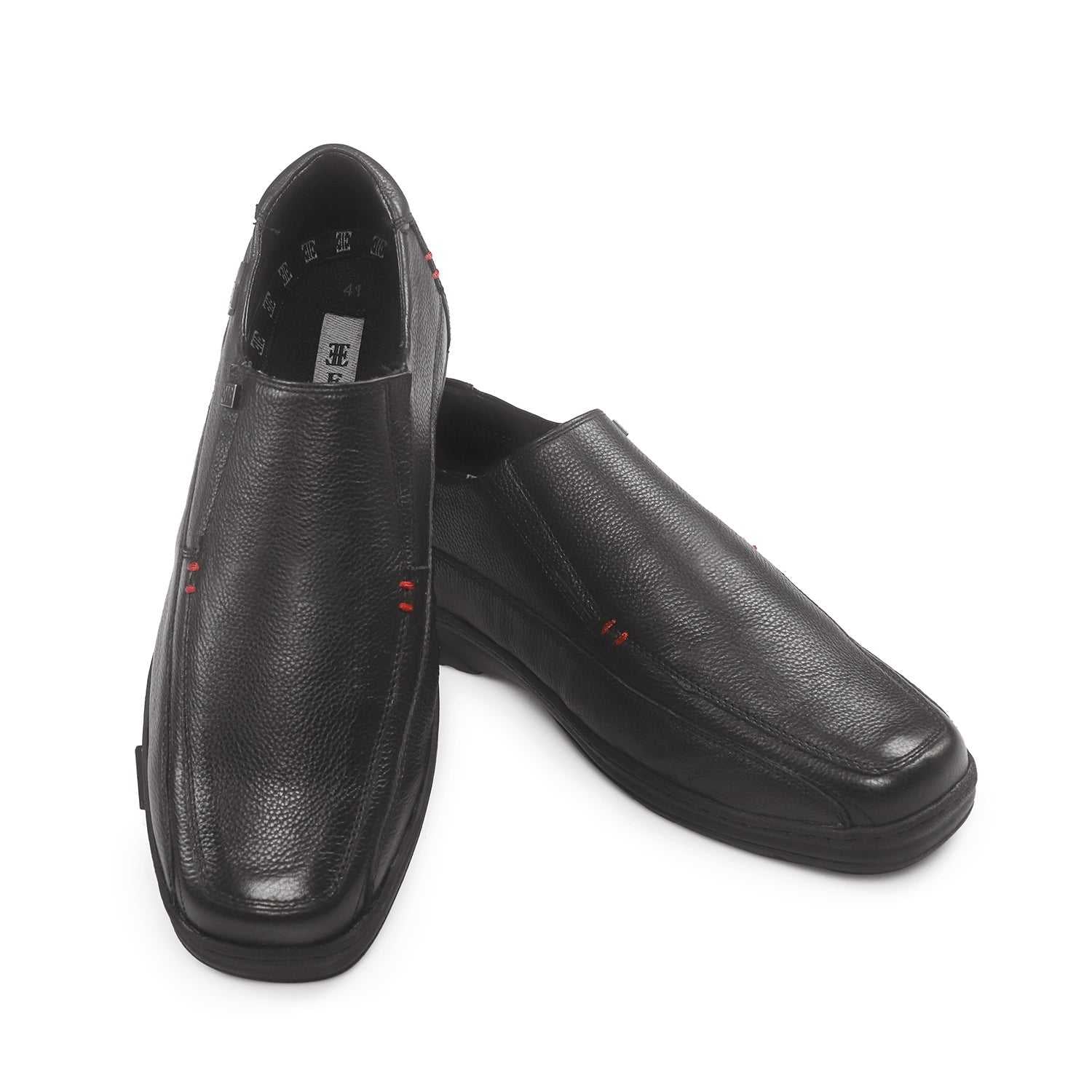Brands of all sizes are betting on tech to understand the consumer better and design products that best suit their needs. Be it apparel, accessories or footwear Artificial Intelligence is reshaping how products are designed and developed, while working to predict customer sentiment and requirements. Generative design software is expected to be a US$44.5 billion market by 2030, per CB Insights’ Industry Analyst Consensus.
Arvind Bajaj, Ezok Shoes, when asked about the total investment they are making to introduce technology, added, “Evolving technology is a major driving force in the evolution of business today. As a company we deeply understand manufacturing, supply chain & logistics, while to address the ever-evolving technology, we have invested in specialist software professionals with the knowledge and experience we lack. This allows us to focus on what we do know. In terms of financials, we have a balanced portfolio in all the fields – be it manufacturing or marketing.”
Another segment where the brands are thriving on technology is distribution & supply chain. The ‘Future of Fashion’ report by CB Insights states that brands are increasingly deploying a combination of sensors, scanners,and cloud-based software to monitor and maintain inventory, adding that radio frequency identification technology (RFID tagging) is one approach likely to see widespread adoption.
Accessories brand Miraggio’s founder Mohit Jain says that a majority of his budget is directed towards logistics, marketing and promotions. “Smooth logistics are crucial to cut down costs and enhance the consumer experience, whereas marketing and promotions are indispensable to ensure a more personalized experience for consumers, in turn gaining and retaining loyal customers,” he said.
Setting New Benchmarks
It has been reported that even today, only a fraction (less than 1%) of used products are recycled back into the fashion industry’s value chain. The circularity of garments and fabrics is increasingly being questioned by customers today who, post the pandemic, have dove deep into purchasing from brands that have something to give back to the nature that they take from. One way of doing this is to lengthen the longevity of a product by allowing for its reuse, recycle and up-cycle. In this regard, it is important to see if and how technology can help achieve a bigger benchmark than that 1%.
Sharing his view, Bajaj says that recycling is not a solution for all of fashion’s sustainability troubles. “On the other hand, yes, it’s an important tool that should be held. With just a few transformations, the fashion industry can become more environmentally friendly. It might reduce its negative impact to a certain degree. So, we must start recycling shoes or clothes and make fashion sustainable. In terms of technology, it’s a fact that we all spend a considerable time on our phones now and without a doubt, the fashion industry has taken advantage of this and started creating all kinds of applications to attract the consumers. Artificial Intelligence-based applications boost customer experiences, analyse and predict trends, comprehend buying patterns, and even understand fashion aesthetics. With 3D printing in fashion, we can really begin to see how innovation and technology can help brands become more sustainable,” he elaborates.
For Jain, circularity is one of the most important and exciting aspects that he looks forward to as an entrepreneur. “Recently, we’ve seen more brands taking a step towards such initiatives and it’s not limited to just bigger brands. With increasing awareness amongst consumers, this will only improve,” he adds.
Source: https://www.indiaretailing.com/2022/04/01/technology/technology-for-growth-tech-transformations/










